Tomb 31
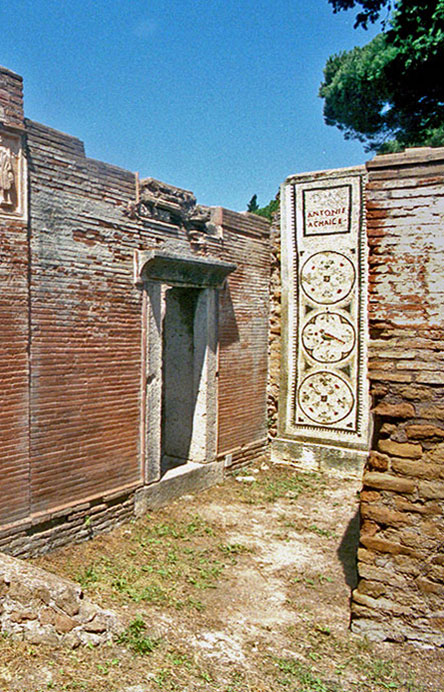
On the right side the back wall of tomb 33.

The façade of tomb 31 is an extension of the façades of tomb 30 and the original burial chamber of tomb 29. The back wall of tomb 31 sticks out a little bit, because the burial chamber of this tomb is deeper than the other two.
The view on the Via Severiana is taken away by the erection in later times of tomb 33. Originally there was a passageway between tomb 31 and 34. This was closed later on.
Tomb 31 had a biclinium too.
Above the entrance the remains of the cornice which once surrounded an inscription are still visible. This inscription, as well as the ceiling, is lost.
The burial chamber differs from the other two of this group. The walls have double rows of arcosolia for inhumation.
In the upper walls, of which only the lower part still exists, were smaller niches1.
Beneath the floor, once covered with a mosaic, formae have been found. On the mosaic floor a part of a Greek name has survived:

In the arcosolia of the back wall and of the entrance wall traces of painted decorations with flowers are visible.
In the arcosolia of both the right and left wall paintings have been found (now in the depots of Ostia). On one of them we see two peacocks, on the other a small column with two birds. The grave dates from the end of the second century AD.

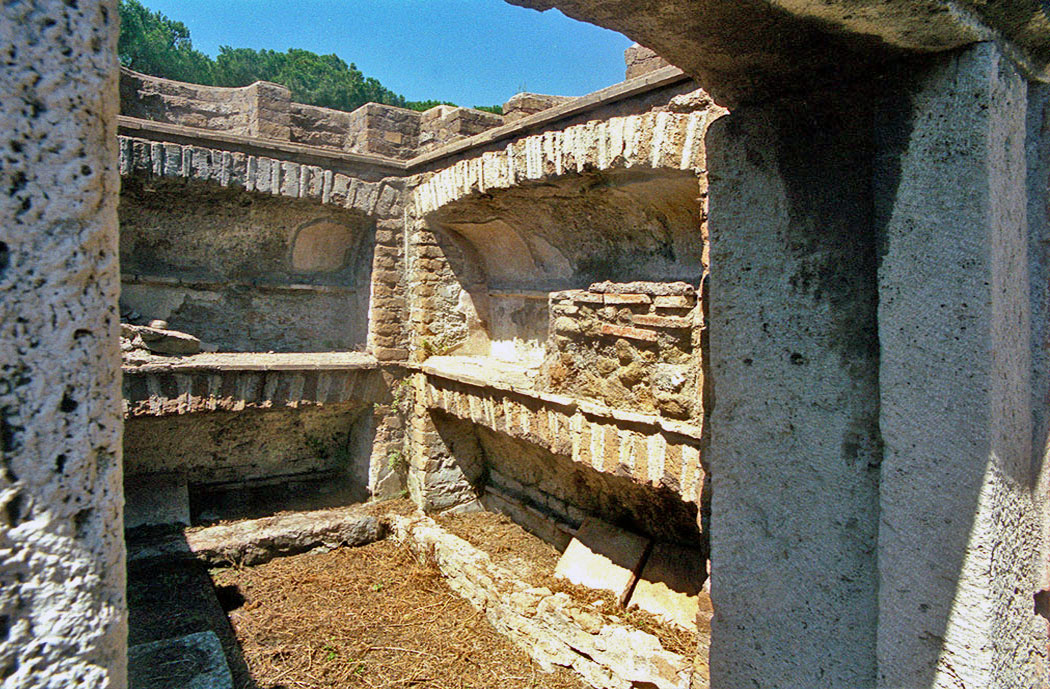
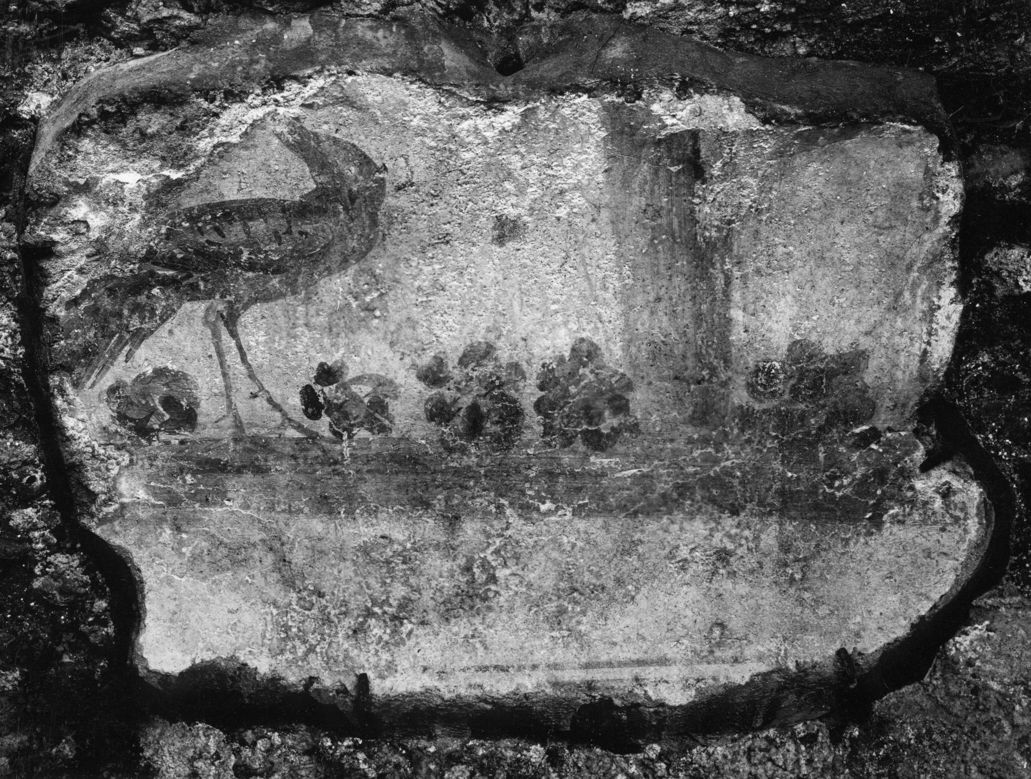
- Sources
- Russel Meigs - Roman Ostia, At the Clarendon Press 1973
- Guido Calza - Necropoli nell'Isola Sacra'(1940)
- Dr. Jan Theo Bakker.
- Hilding Thylander - Inscriptions du port d'Ostie (Lund C W K Gleerup 1952).
- Ida Baldassarre, Irene Bragantini, Chiara Morselli and Franc Taglietti - Necropoli di Porto, Isola Sacra (Roma 1996).
notes- 1:The smaller niches were not used for urns but they had a more symbolical character, according to Ida Baldassarre.- I, Baldassarre, I. Bragantini, Ch. Morselli and F. Taglietti: “Necropoli di Porto” 1996.
Isola Sacra Index (I)

Sezione speciale dedicata al cimitero romano di Portus (in inglese)....
Leggi tutto...Leptiminus (Inglese)
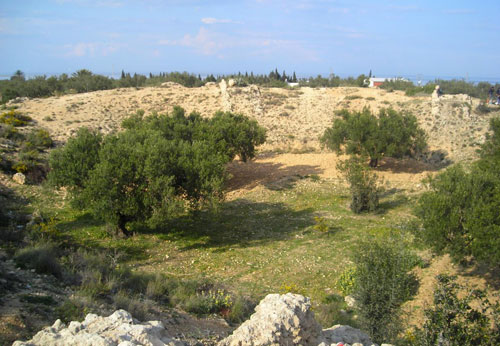
At the site of present-day Lamta on Tunisia's east coast, there was already a port city named Leptis Minor ....
Leggi tutto...Diritto romano del commercio marittimo (inglese)

Roman law is the finest monument that Rome bequeathed to Western Europe....
Leggi tutto...Sullecthum (Salakta) Inglese

In the Sahel, in the Tunisian province of Madhia, we find by the sea the small town of Salakta....
Leggi tutto...Colonia Julia ad Turrem Libisonis (Inglese)

.....probably founded by Julius Ceasar around 46 BC, was located in the north-west of Sardinia.
Leggi tutto...
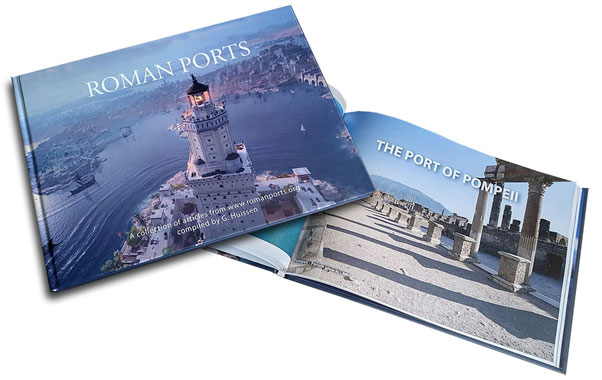
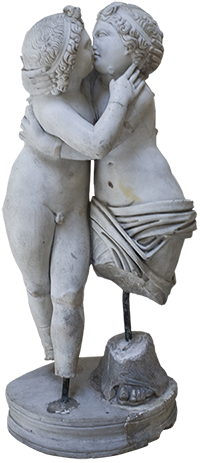 We are committed to providing versions of our articles and interviews in several languages, but our first language is English.
We are committed to providing versions of our articles and interviews in several languages, but our first language is English.